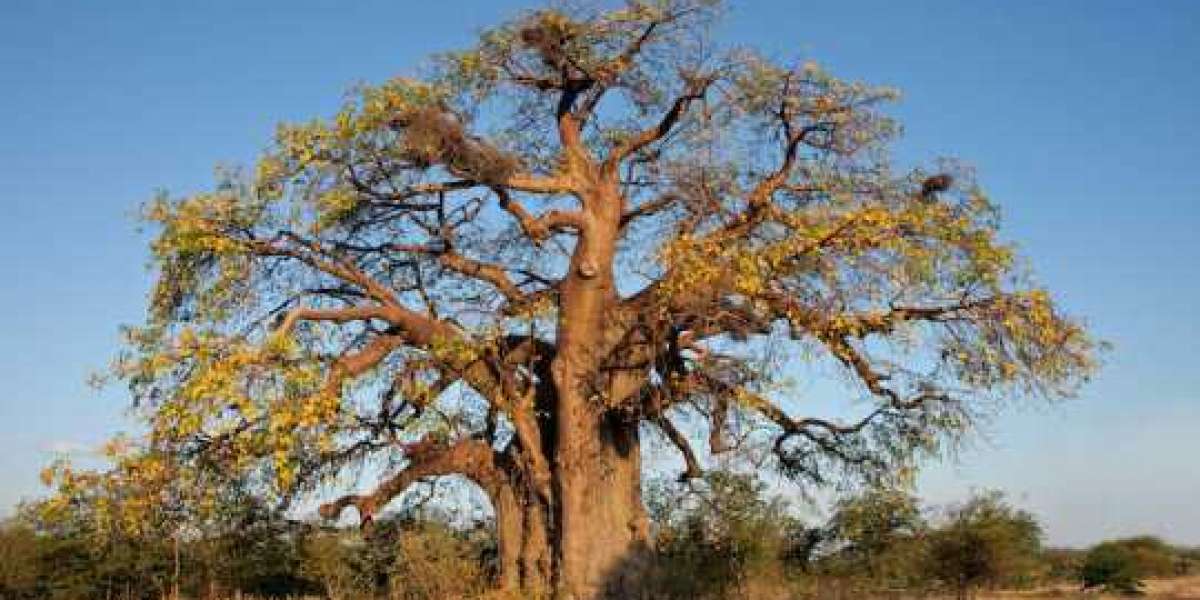The African baobab also referred to as the “Tree of Life”, is truly a majestic, long-lived and multi purpose tree of sub-Saharan Africa. The tree lives up to its name “Tree of Life” as it is reported to have over 300 purposes some being nutritious food, livestock fodder, fiber, medicine, and income to local people. The edible parts of the tree are leaves, seeds, and fruit pulp, which are a good source of vitamins and minerals. Its pulp is used for juice, snacks, sweet preparations, fermenting agent in brews, porridge and in food recipes. As the benefits are high, the baobab fruit pulp has been identified as a suitable candidate as a new source of functional foods, drinks and cosmetics likely explaining the acceptance of the baobab fruit pulp as a novel food ingredient in the European Union and the United States.
There is a growing demand for baobab products in the food, pharmaceutical and cosmetics industries. Taking this into consideration, there is a need for scientific information on the genetics and breeding of the tree, even cytogenetics, genetic diversity and reproductive biology. The objective was to determine the genome size, chromosome number, and organization of ribosomal DNA.
The results determined the nuclear DNA content, chromosome number, and the distribution and organization of ribosomal DNA of the African baobab tree . This is the first report of rDNA characterization for the species while 168 chromosomes constitutes a newly revised chromosome number.







